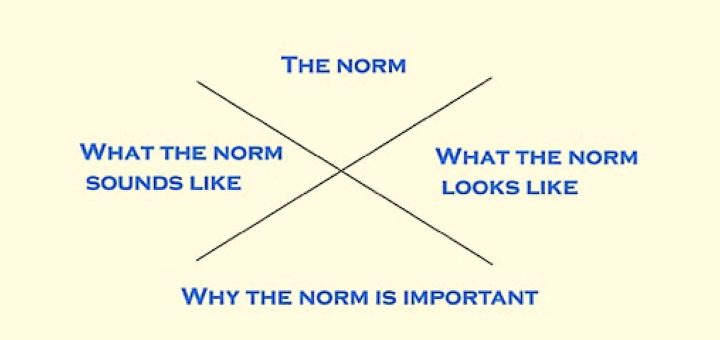Category: Classroom Culture
The negative tone and unkind remarks adolescents use with one another make it tough to develop a classroom sense of community. They won’t learn to communicate appropriately without explicit instruction, write Samantha Layne and Susanne Croasdaile. Learn how UDL strategies help.
It’s not enough to set classroom norms and post them on the wall, says author and instructional coach Geoff Krall. We have to teach them and live by them. Here are some of his strategies for teaching and reflecting on norms in ways that really support student learning.
It’s difficult to learn from someone we don’t trust, writes literacy consultant Regie Routman. Bonding with individual students and their families builds that trust. Routman offers 10 ways to make sure that none of our students ever become “mostly silent and unseen.”
After years of using the same “icebreaker” activities to get tweens and teens talking to each other and the teacher, ESL educator Walton Burns had an epiphany – icebreakers needed to give way to community building events, tailored specifically for adolescents.
The first days back after the holiday are a perfect time to strengthen behavior and culture in active classrooms. Libby Woodfin shares text and video tips that teachers can use to make the transition smooth and set the tone for the rest of the school year.
You know those times where the kids are so spun up that you suspect nothing you say will be remembered tomorrow? You ask yourself, “Why am I even trying to teach today?!” Veteran educator Patti Grayson casts her votes for the most inattentive days of the year.
When middle grades teacher Mackenzie Grate introduced a “kindness chain mail” project into her classroom, she was pleased to see that the secret letter exchanges helped students realize their ownership role in assuring a positive learning environment.
When bickering and bullying began to weaken her classroom culture, 6th grade teacher Mackenzie Grate tried a simple but powerful strategy involving pink and green sticky notes, 30 brown paper bags, and some brutal honesty. The results were impressive.

















